Here’s my rendition of my family’s favourite sambal chilli recipe. It’s spicy and full of aromatic flavours. We love to eat it with noodles, nasi lemak (coconut rice), stir fry meat or vegetables, and just almost everything and anything. This condiment is a must-have in Southeast Asian cuisine, no meal is considered complete without the sambal chilli.
I’m sure when you search for ‘sambal chilli recipe’ or sambal chili recipe’, you might get confused with the different ingredients and proportions, some recipes uses belachan or shrimp paste, some uses anchovies, some uses normal ginger, others use the blue ginger, some recipes also call for assam (tamarind) juice and coconut milk. The sambal chilli you can find in most restaurants and hawker centre food stalls in Singapore would have different taste from savoury and spicy, sweet sour and spicy and so on. There’s no one single recipe that can be called the true-blue sambal chilli. Like most Peranakan Nonya food, each household will have their family recipe and preference.
What is Sambal Chili Sauce?
Basically, the sambal chili sauce is a hot chutney made from chillies, spices and aromatics, originally from Southeast Asia.
There are many varieties and versions to making a chilli sauce in Southeast Asian, each with similar ingredients with varying distinctive flavours. For example in Thailand, there is the namprik pao, the Indonesians have the sambal oelek, the Malaysian calls it the sambal tumis and in Singapore, we call it sambal chilli or sambal belachan.
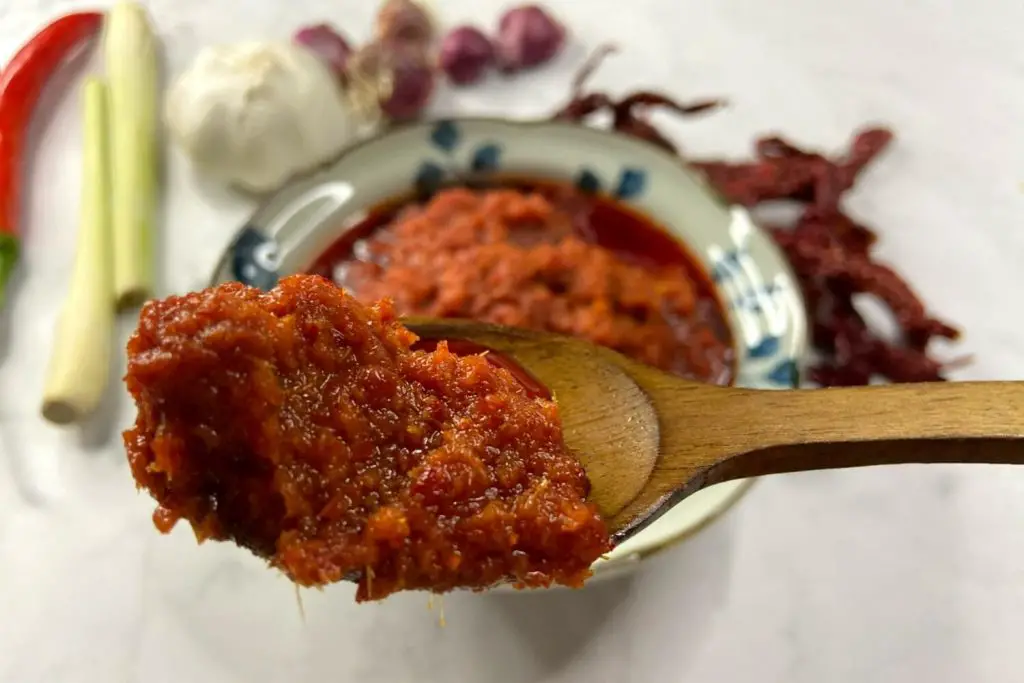
What is Sambal Chili Sauce made of?
To make the sambal chilli, these are the ingredients you will need, based on my recipe:
- Fresh red chilli – The key ingredient in the sambal chilli recipe. For some of you who can’t take the heat from the chilli, you can replace with bell peppers, but if you prefer more spicy, you can use the bird eye red chilli or other variety of hot chilli peppers.
- Dry chilli – To add some ‘smokiness’ to the chilli recipe. Dried chillies need to be soaked in hot water before using.
- Galangal – Some recipes use the normal ginger but I prefer the galangal, I simply love the ‘sweet candy aroma’ released from this version of ginger.
- Shallots & garlic – The uncompromisable combination of aromatics for sambal chilli.
- Lemongrass – This might not be a typical ingredient in some sambal chilli recipe but I love the aroma of the lemongrass.
- Cooking oil – 1/2 cup for cooking the sambal chili, the 1/2 cup is to be added to the ingredients when blending. For the latter, you can also opt not to use the cooking oil for blending, and instead use the chilli water from soaking the dry chillies. The purpose is to give it some moisture so that it’s easier to blend.
- Dry shrimps – I had a very bad allergy with shrimp paste and thus am very cautious when using shrimp paste in my food. I have tried using toasted anchovies to make the sambal chilli recipe but the taste is not as good (IMHO) as compared to using dry shrimps that are toasted. So my topmost choice is using dry shrimps over shrimp paste and anchovies.
- Optional sugar – To add some sweetness to compliment the savoury and spiciness. I’ve opted not to add this as my family is very cautious about adding sugar in our diet. You can add according to your taste and preference.
- Optional salt – As the dry shrimps (or shrimp paste / belachan if you are using these) are already savoury, I didn’t add any salt to this recipe. Feel free to add on and season according to your taste and preference.
- Optional tamarind juice – For a hint of sour, or just squeeze some lime juice when serving it.
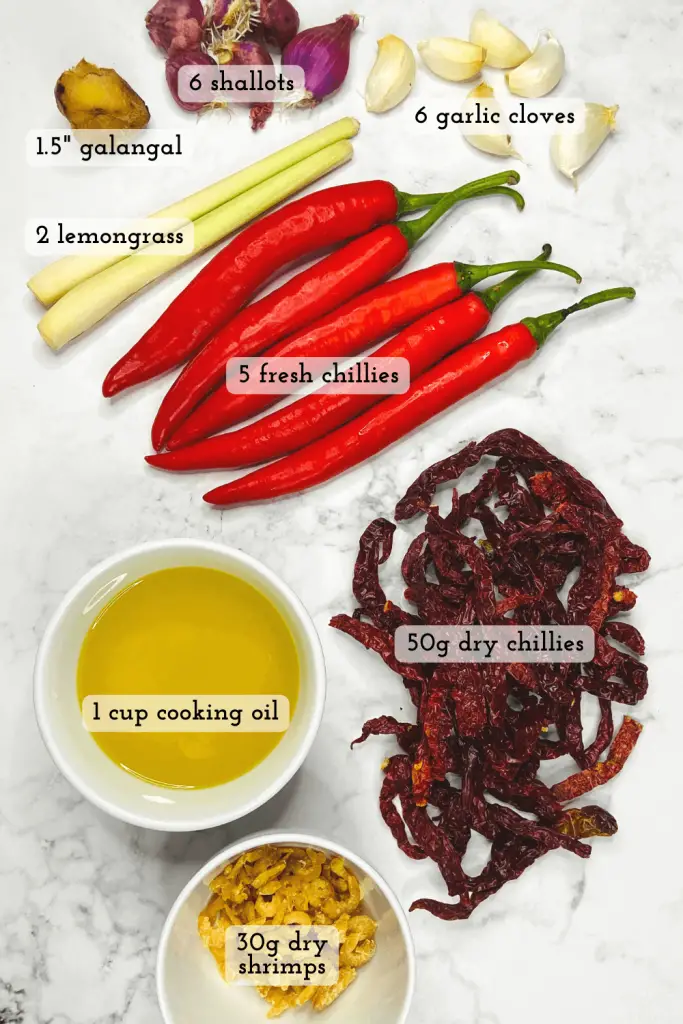
How do you eat Sambal Chilli Sauce?
In Southeast Asia, and particularly in Singapore, we usually add it as a condiment to rice, noodle, stews, soup, stir fry vegetables or meat. It can be eaten anytime of the day, breakfast (for example with bee hoon or nasi lemak), lunch, dinner or supper. Even if the main dish is spicy, it is not unusual to add sambal to the already-spicy food to add more depth to the flavours and intensify the heat.
See some examples of the dishes that sambal chilli is added:
- Yong tau foo
- Fried bee hoon
- Laksa
- Ngoh hiang
- Curry chicken
- And more!
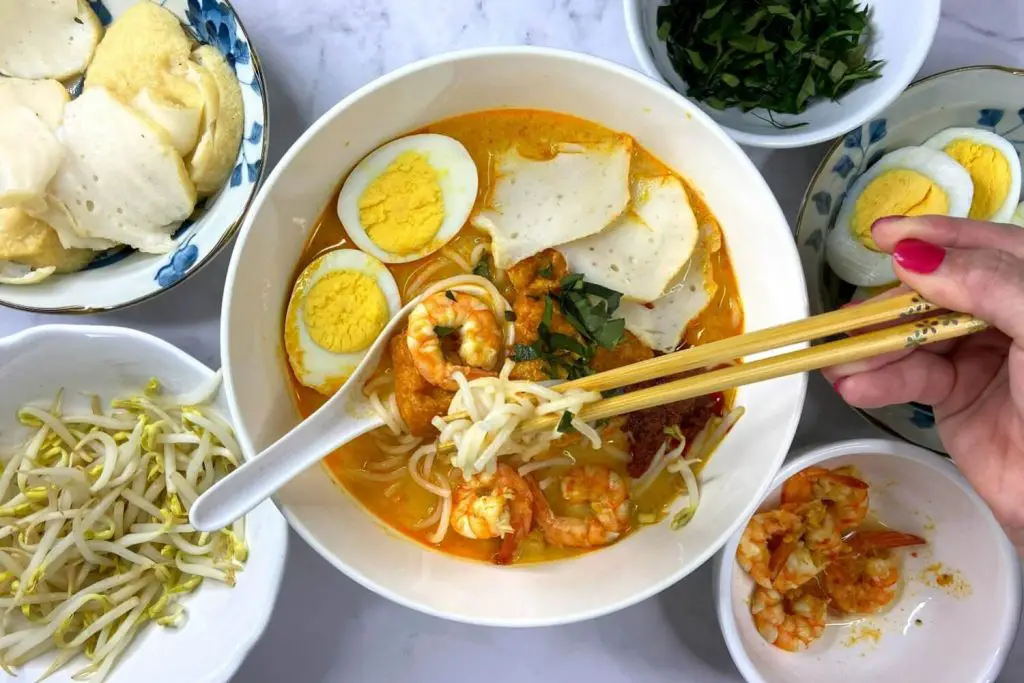
Watch my Sambal Chilli Recipe on YouTube
Pin This Sambal Chilli Recipe on Pinterest
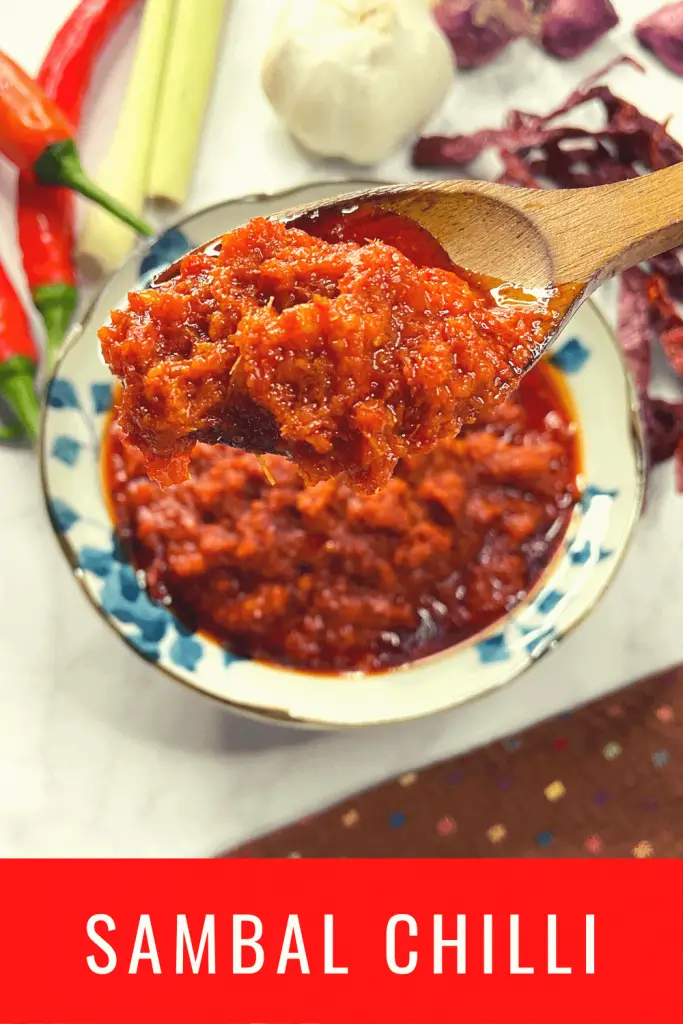
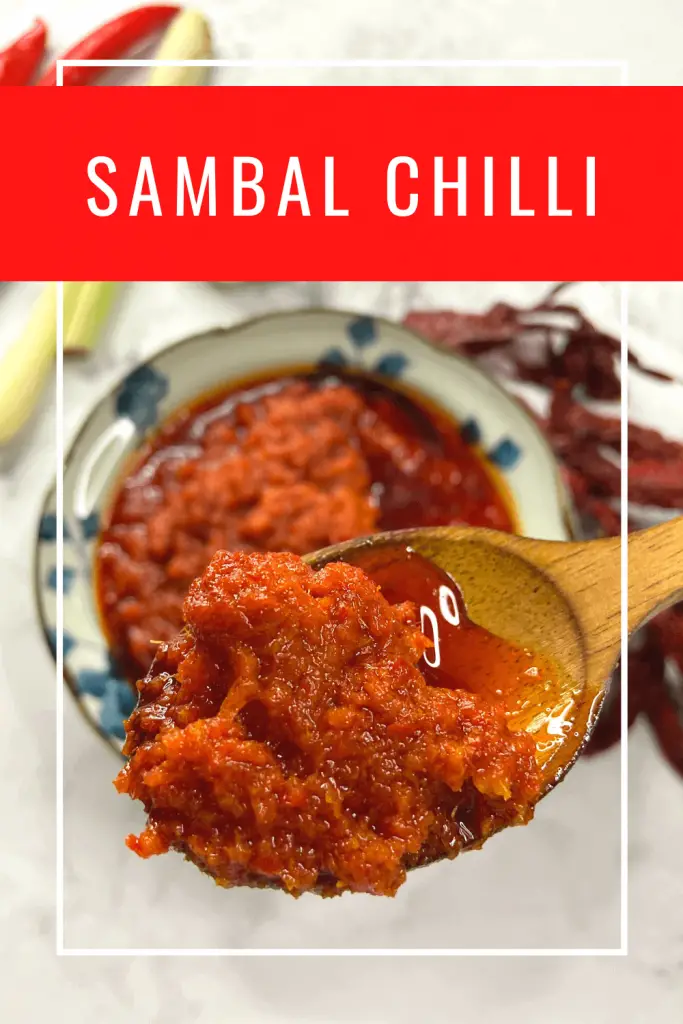
Sambal Chilli Recipe 参巴辣椒酱
Ingredients
- 50 g dry chillies
- 5 fresh red chillies
- 6 shallots
- 6 cloves garlic
- 1 inch galangal blue ginger / lengkuas
- 2 stalks lemongrass
- 30 g dry shrimps You can substitute or add on with 1-2 tbsp of shrimp paste or belachan.
- 1 cup cooking oil 1/2 cup to add to paste, 1/2 cup for cooking
- Salt / sugar Optional, season according to taste
Instructions
- Soak dry chillies in hot water for 5 minutes until softened. Remove from water and keep this chilli water aside for later use (optional). Using a knife or scissors, trim off the stem and cut the chillies into halves or one-thirds. Remove seeds if you prefer the sambal chilli to be less spicy.50 g dry chillies
- Wash and cut the fresh red chillies into halves or one-thirds. Remove seeds if you prefer the sambal chilli to be less spicy.5 fresh red chillies
- Peel and cut the garlic. Optional to cut into smaller pieces for easier blending.6 cloves garlic
- Peel and cut the shallots. Optional to cut into smaller pieces for easier blending.6 shallots
- Peel off the skin of galangal and cut into smaller pieces for easier blending (if it's too big).1 inch galangal
- Cut off the bottom and top of lemongrass, only use the white mid to bottom portion. Remove the outer layer of the lemongrass, Slice lemongrass into thin pieces.2 stalks lemongrass
- Wash and drain dry shrimps twice. Then soak for about 15 minutes. Toast the dry shrimps over medium heat until it releases its aroma. Then place it in a blender or food processor and pulse it until the dry shrimps turn into fine grainy or powdery texture.Optional to replace or add on 2 tbsp of shrimp paste or belachan. Belachan can be toasted before adding in.30 g dry shrimps
- Put in the cut dry chillies, fresh chillies, shallots, garlic, galangal, lemongrass. Add 1/2 cup cooking oil OR use the chilli water used to soak the dry chillies. Blend on medium until it turns into a thick almost-smooth paste.
- Warm up 1/2 cup cooking oil over low heat in a non-stick pan. Then add the chilli paste and start frying it with the cooking oil, for about 10-15 minutes.1 cup cooking oil
- Constantly stir with the spatula to prevent it from being burnt. The chilli paste will become drier and turn darker in colour. Chilli oil will start to separate.Optional: season with salt and sugar according to your taste preference.
- Sambal chilli is ready.
- Let it cool before storing it in an air-tight container.


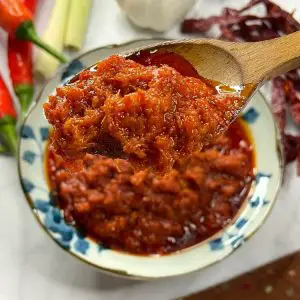
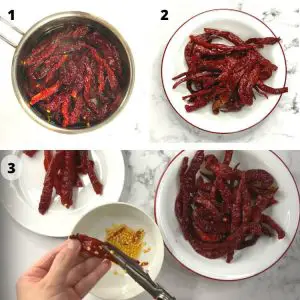
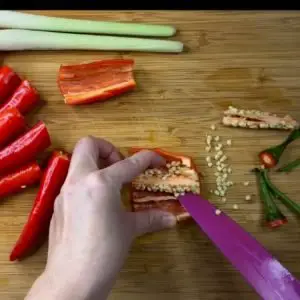
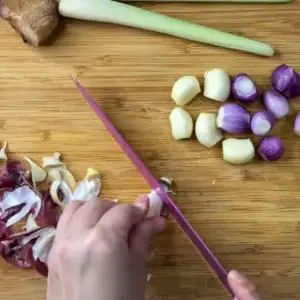
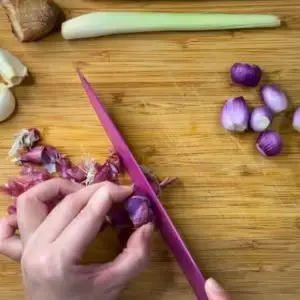
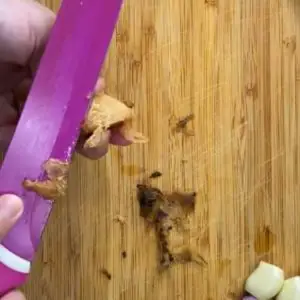
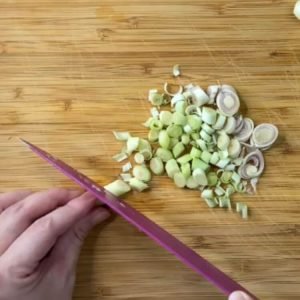
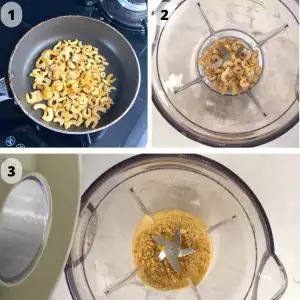
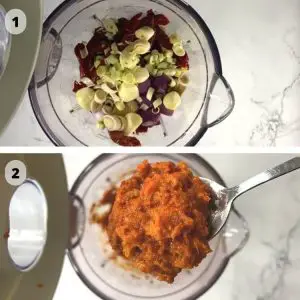
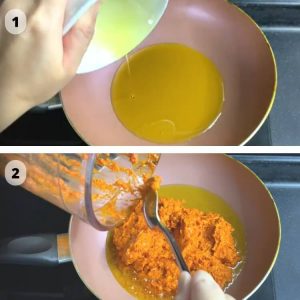
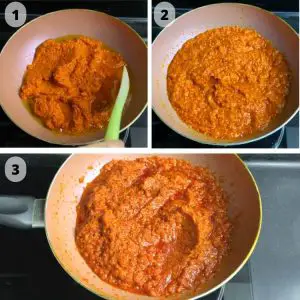
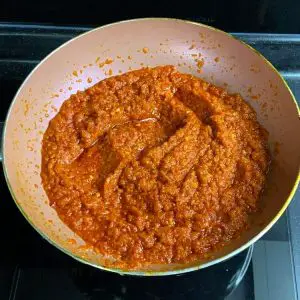
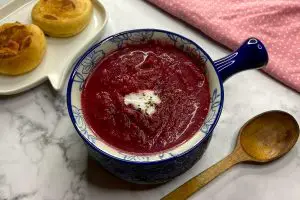 Miso Beetroot Soup
Miso Beetroot Soup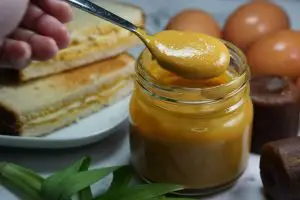 Hainanese Kaya in 10 Minutes 海南咖椰醬
Hainanese Kaya in 10 Minutes 海南咖椰醬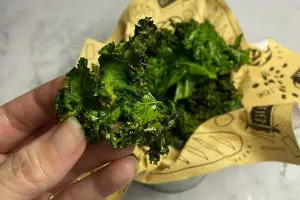




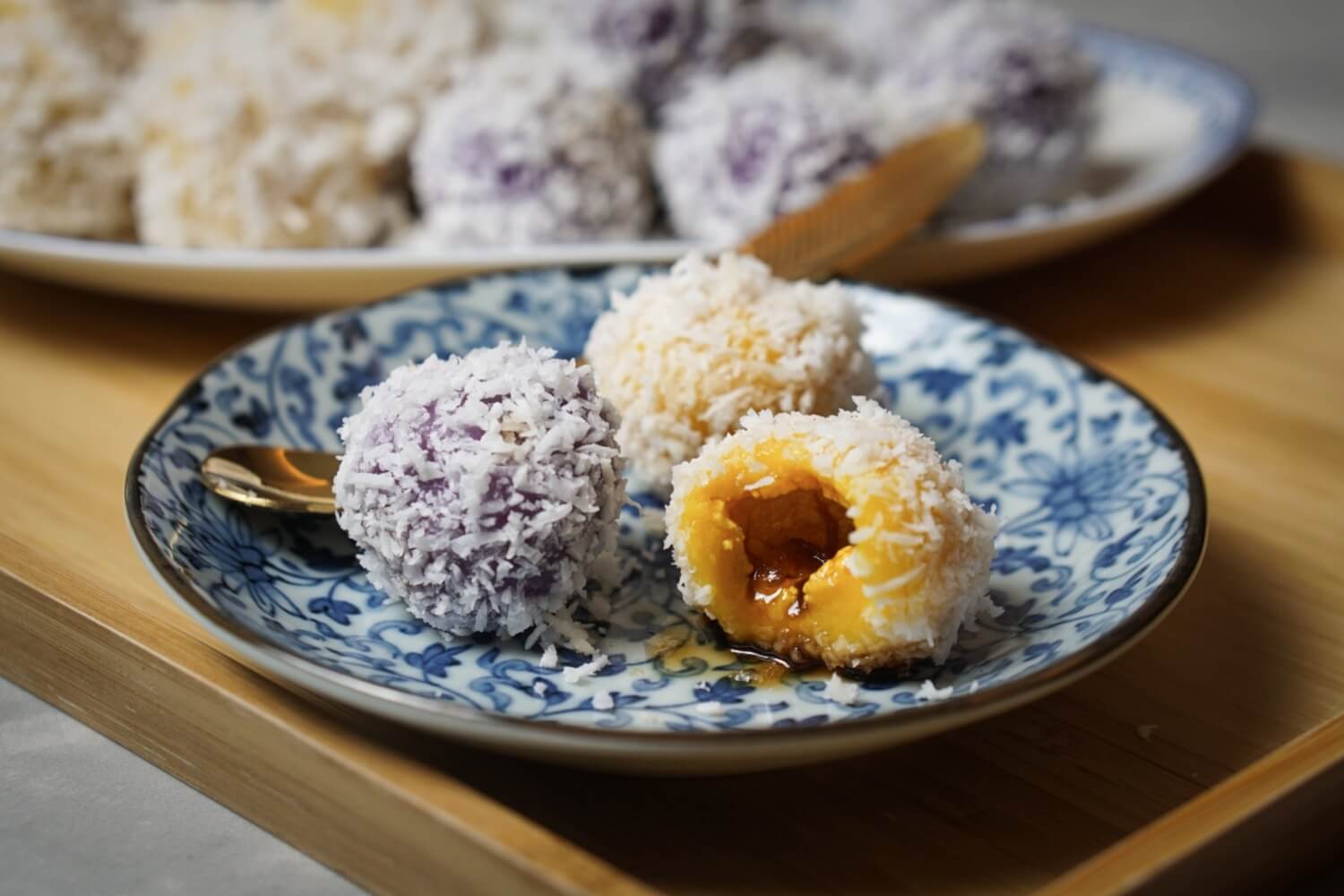
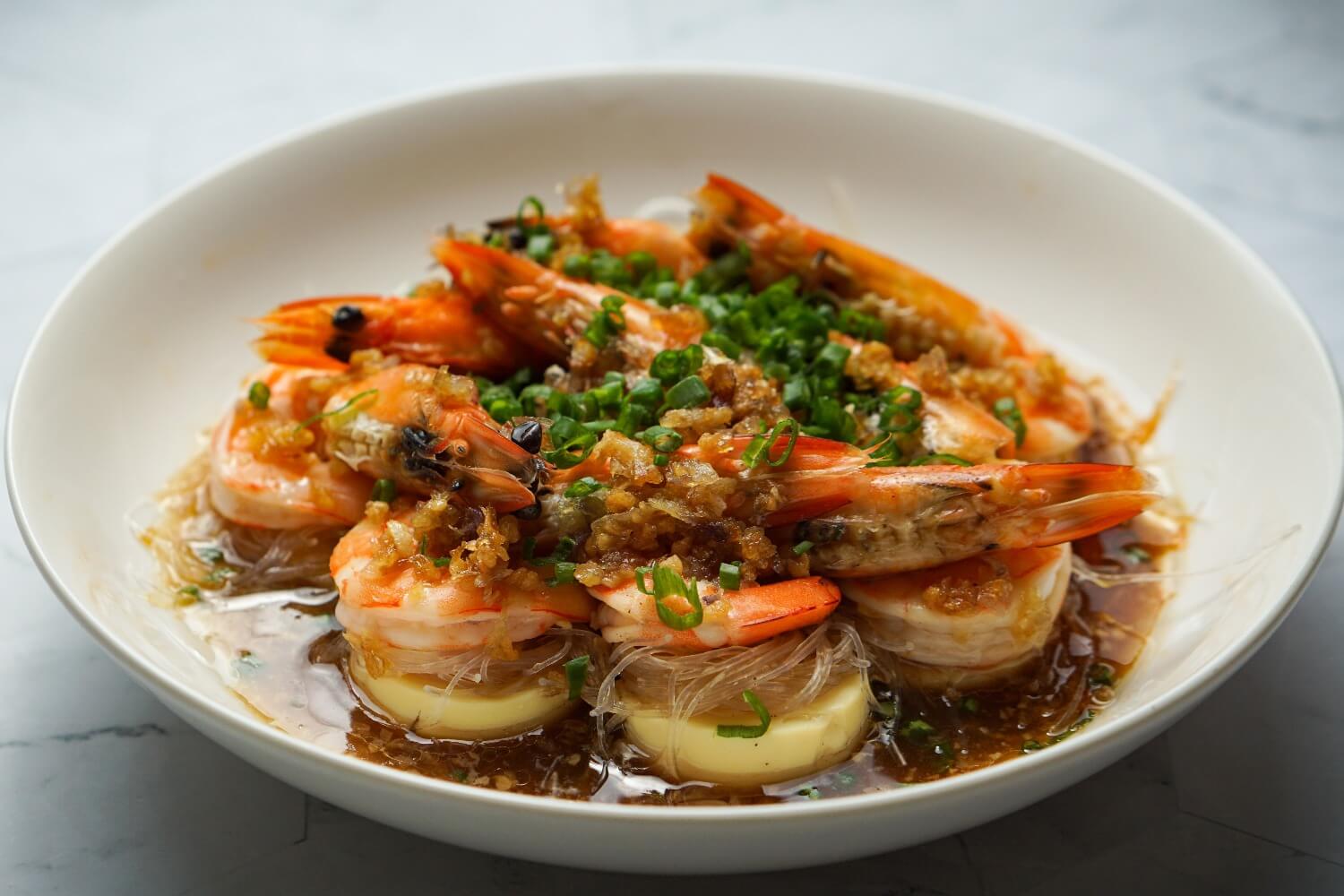
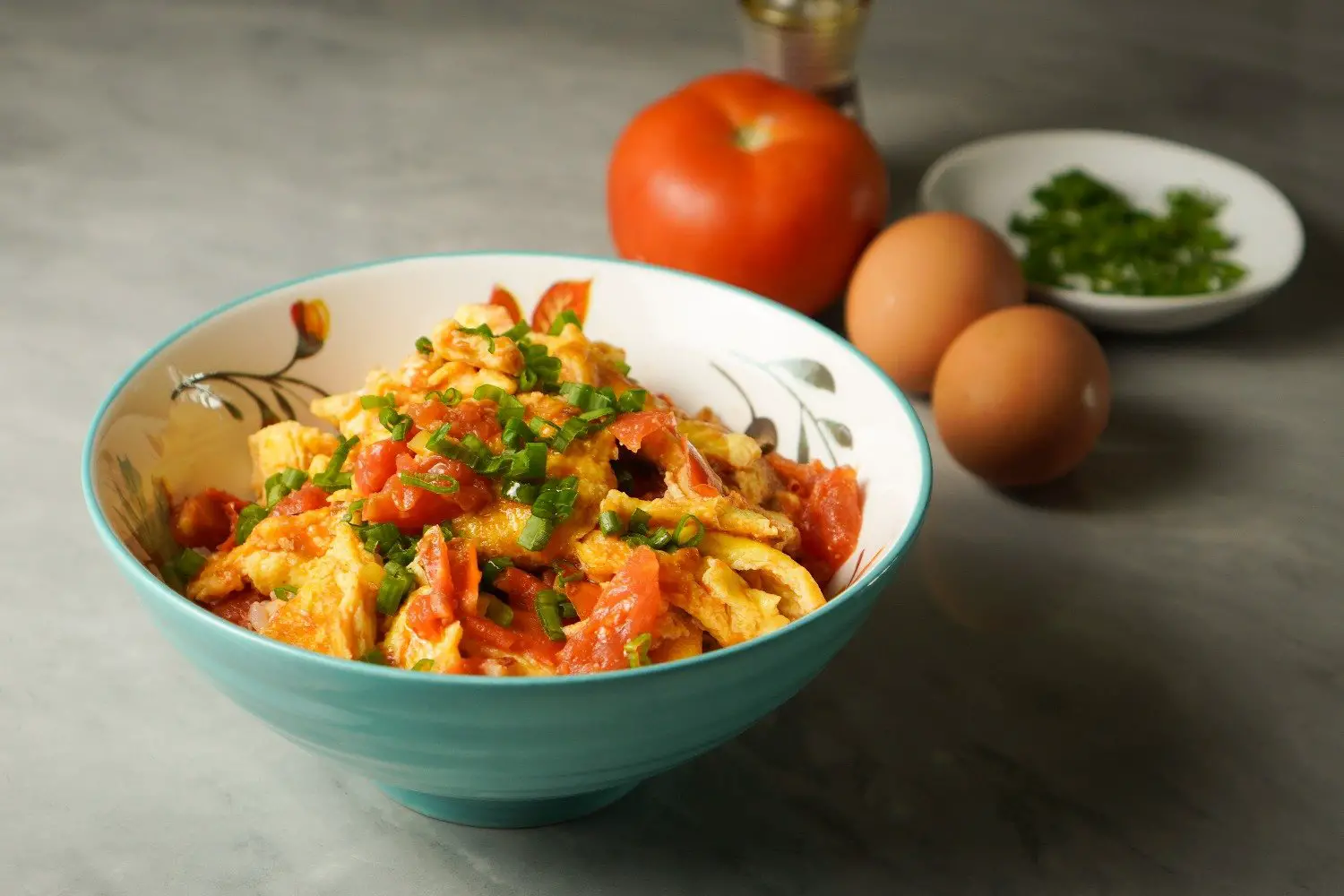



25 February 2022 at 2:13 pmVery good dreessing idea 👍👍👍
25 February 2022 at 3:20 pmThank you!
25 February 2022 at 2:45 pmLooks good man!
25 February 2022 at 3:19 pmThank you 😀
26 February 2022 at 1:53 pmHi… so nice of you to share the recipes 😘
27 February 2022 at 9:44 amMost welcome dear 😀
27 February 2022 at 9:49 amI would like to try this recipe out. Thanks so much for this recipe!
27 February 2022 at 9:50 amLooking forward Zoey 😀
28 February 2022 at 11:10 amThis looks amazing! I’ve never had this combination of flavors together so I’m excited to try your recipe. Thanks so much for the easy step by step – CoCo
3 March 2022 at 4:30 amThanks Coco for dropping by. Hope you try it out too 😀
4 March 2022 at 2:44 pmVery well explained and photos. I like the options you provide; I have a very serious shellfish allergy, so I could not use even dry shrimp, but I have tried nutritional yeast instead in some recipes.
4 March 2022 at 3:32 pmThanks Irene! Nutritional yeast sounds good! I’ll give it a try too.
22 November 2022 at 7:10 pmThank you Maganda